KNOT TYING FOR BEGINNERS BY Sophia B. R Copyright 2021 SOPHIA B. R All rights reserved. No part of this book shall be reproduced, stored in a retrieval system, or transmitted by any means, electronic, mechanical, photocopying, recording, or otherwise, without written permission from the publisher. Although every precaution has been taken in the preparation of this book, the publisher and author assume no responsibility for errors or omissions. Nor is any liability assumed for damages resulting from the use of the information contained herein.
DISCLAIMER: The information contained in this book is for educational purposes only. All efforts have been executed to present accurate, reliable, and up to date information. No warranties of any kind are implied. The contents from this book are from various sources. Please consult a licensed professional before attempting any techniques contained herein. By reading this document, the reader agrees that under no circumstances is the author responsible for any losses, direct or indirect, which are incurred as a result of the information contained in this book including errors, omissions, and inaccuracy.
Table of Contents
INTRODUCTION
What is Knot tying?
Knot tying involves the technique of tying knots on a rope, cloth, nylon, or other object. Properly tying a knot can be the difference between a charming, chaotic, and sometimes life-and-death knot.
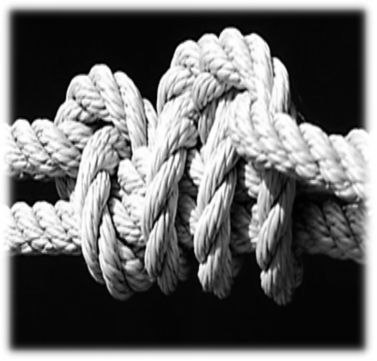
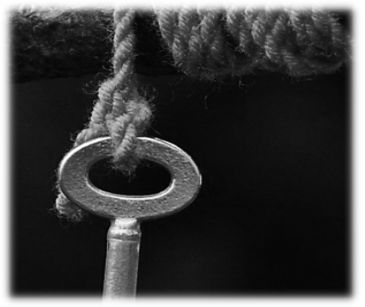
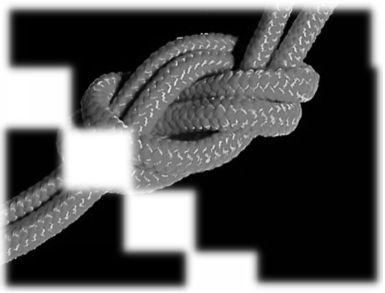
What is a Knot?
A knot can be described as a fastener that connects long materials such as ropes in a constant manner.
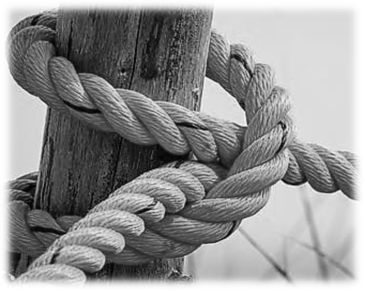
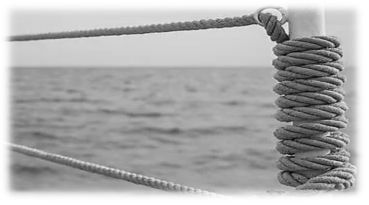
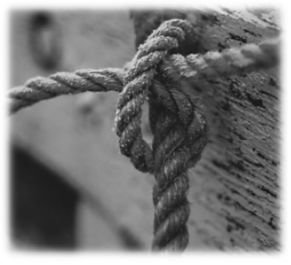
Knot history
Sailors have been using this term since the 17th century to measure the speed of ships using a device called "log".
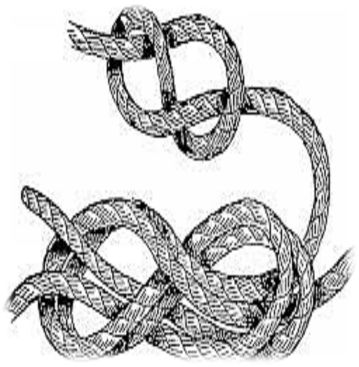
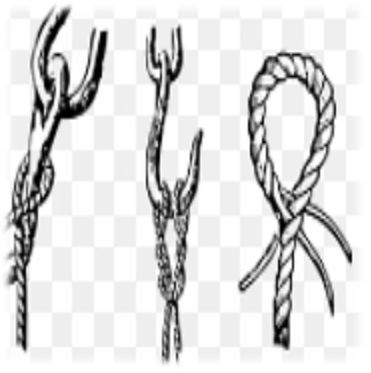
As civilization grew, the use of ropes and knots was essential for building construction, especially cranes and hoists.
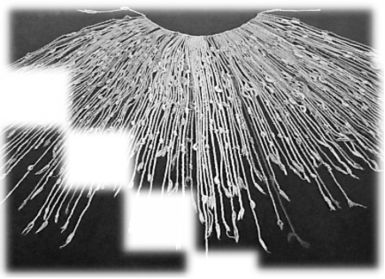
The Chinese knot has been a form of Chinese folk art in China since the Tang and Song Dynasty (960-1279 AD) and later became popular in the Ming Dynasty.
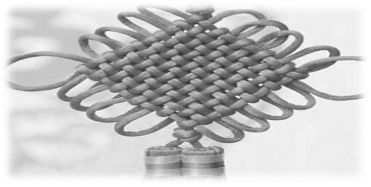
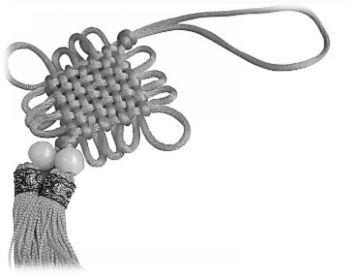
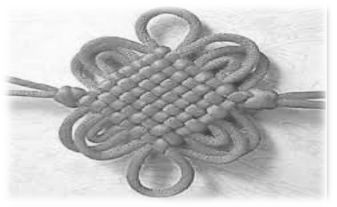
Uses
Knots are very important in toxic environments such as mountains.

It can be used to create line-like elevation lines that can be used to supply injured and untrained personnel to cross rivers, streams and ravines.

It can be used to create line-like elevation lines that can be used to supply injured and untrained personnel to cross rivers, streams and ravines.
Knots can be used to secure loads. Knots can be used by sailors, fisher men and linemen. 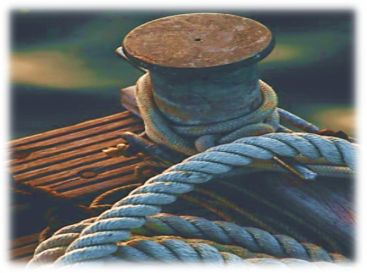
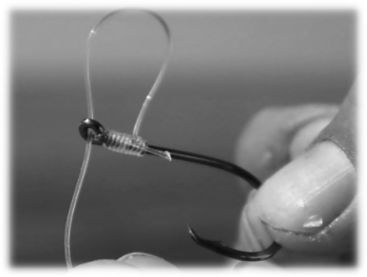 Knots can be used to produce complex objects such as netting.
Knots can be used to produce complex objects such as netting. 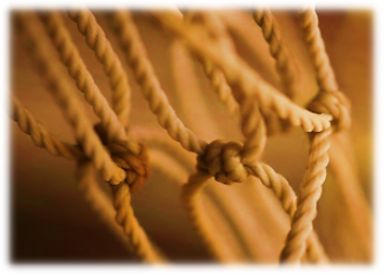
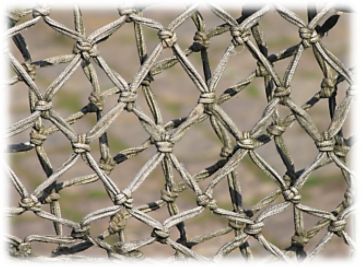
Qualities of a good knot
A good knot should have the following qualities:
Strength
Knots tend to loosen the rope in which they made. When a knot is pulled, the rope is usually torn, always on or near the knot.
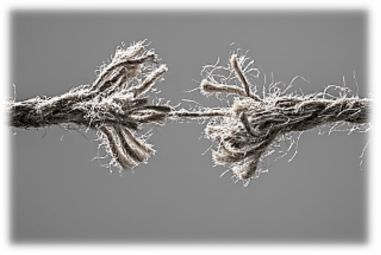
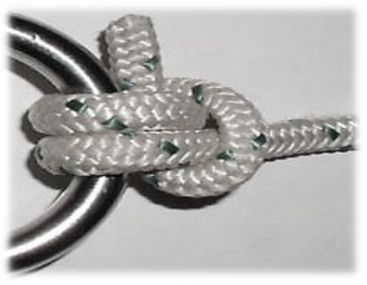
Smart users pay more attention to the strength of the rope chosen for work under the influence of knots, age, breakage and impact.


Smart users pay more attention to the strength of the rope chosen for work under the influence of knots, age, breakage and impact.
The load limit of the rope, for example, is generally set by a maximum of 15: 1 , which is an important safety factor.
Safety
Even if the rope is not broken, the knot has a possibility of failing. It is said that a strong knot is more reliable than a weak knot in various adverse conditions.
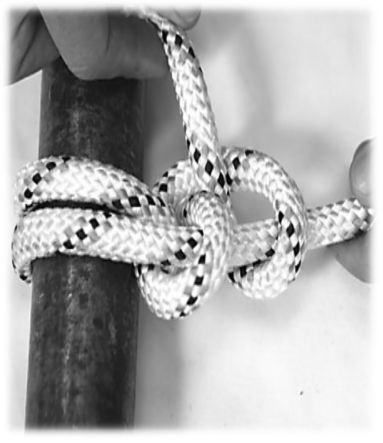
Easy to untie
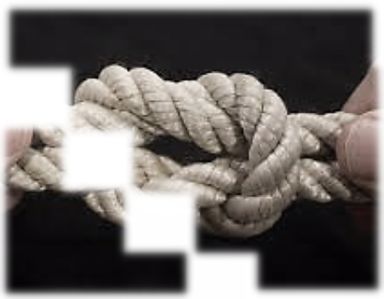
The effort used to untie knots after loading differs. Jamming knots are knots that become extremely difficult to untangle.

Bight
A bight is an arc between the rope or the ends of a loose rope or loop.
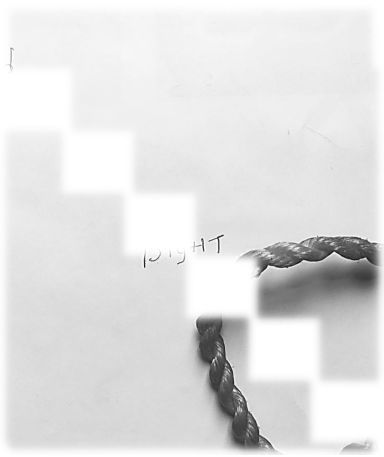

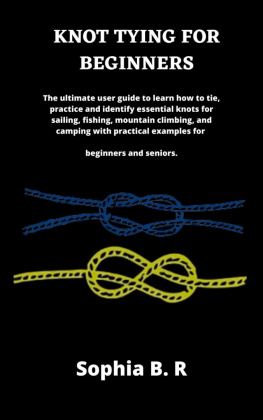

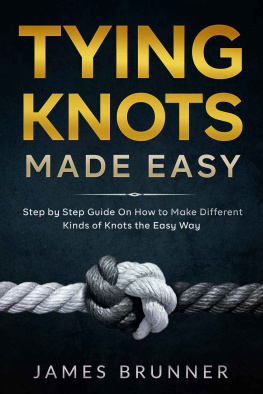
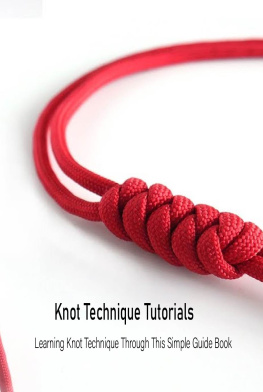
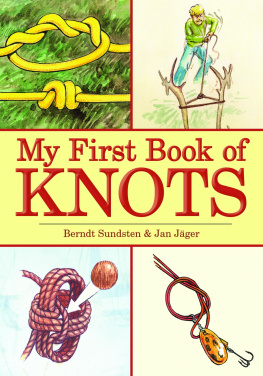
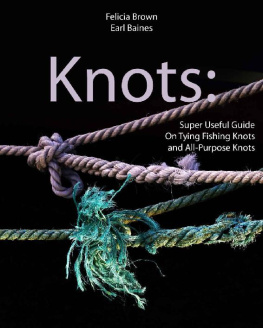
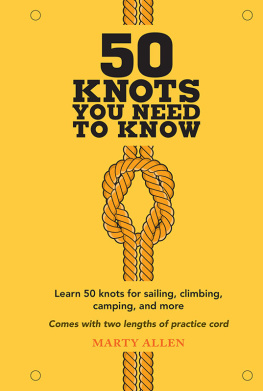
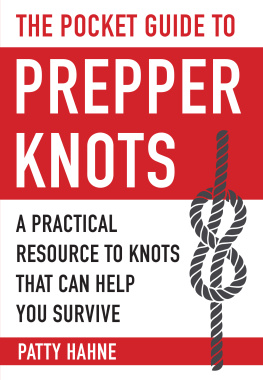
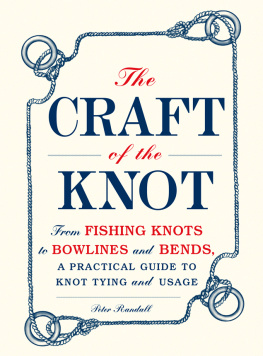







 As civilization grew, the use of ropes and knots was essential for building construction, especially cranes and hoists.
As civilization grew, the use of ropes and knots was essential for building construction, especially cranes and hoists.  The Chinese knot has been a form of Chinese folk art in China since the Tang and Song Dynasty (960-1279 AD) and later became popular in the Ming Dynasty.
The Chinese knot has been a form of Chinese folk art in China since the Tang and Song Dynasty (960-1279 AD) and later became popular in the Ming Dynasty. 


 It can be used to create line-like elevation lines that can be used to supply injured and untrained personnel to cross rivers, streams and ravines.
It can be used to create line-like elevation lines that can be used to supply injured and untrained personnel to cross rivers, streams and ravines. 
 Knots can be used to produce complex objects such as netting.
Knots can be used to produce complex objects such as netting. 


 Smart users pay more attention to the strength of the rope chosen for work under the influence of knots, age, breakage and impact.
Smart users pay more attention to the strength of the rope chosen for work under the influence of knots, age, breakage and impact. 
 The effort used to untie knots after loading differs. Jamming knots are knots that become extremely difficult to untangle.
The effort used to untie knots after loading differs. Jamming knots are knots that become extremely difficult to untangle. 
